Welcome to our newest feature! Adaptation Analysis will discuss and analyze fandoms that are taken from one medium of entertainment to another. Though the most popular format will be books to film, we will also discuss films to video games, books to theater, and so forth. This will not be a review of which is better but an analysis of the differences, both good and bad, as well as what each brings to a story that transcends both media.
The first to be analyzed is Jurassic Park.
Jurassic Park was a breakthrough novel written by the late Michael Crichton, and it was purchased by Universal to be made into a film. The original screenplay was written by Michael Crichton and later edited by David Koepp. The film was to be directed by Stephen Spielberg and star Sam Neill, Laura Dern, Jeff Goldblum, and Sir Richard Attenborough. The film was released on June 11th, 1993, and would go on to make nearly a billion dollars worldwide.
The heart of the novel, that being the idea of bringing dinosaurs back into the modern world as the main attractions for a theme park, is very much alive in the film. The fun of the book and the wonder are present just as much, if not moreso in the film. This is in due part to the connection one has with the characters, as they are more fleshed out in the film than in the book.
The largest difference between the novel Jurassic Park and the film adaptation lies in the characters themselves and not the dinosaurs. In the novel, the focus remains primarily on the story, the science behind it, and the action itself. The characters are standardized types with little development at all. Dr. Alan Grant is a scientist with a good heart, however little else. Tim is a smart boy with a whining sister (Lex). There is little to no connection between the characters themselves but more of a focus on the situation at hand (which is more than enough for a reader, in this particular situation).
In the film, aided by Spielberg, the characters are given a front seat to the science and are allowed to develop through the situations they are experiencing. Not only is the idea of children brought up in various forms (from Dr. Grant and Dr. Sattler’s relationship dilemma over them to Hammond’s childlike glee over the visitors to his park), but growing up as well. One can only think that if they were allowed to see a real dinosaur, they would turn into an excited child as well.
While the book had intense chapters explaining the science behind the cloning of dinosaurs, for film it was condensed down into a short video with Mr. D.N.A. Though cheesy, the quick video explains 90% of the science in a way that even a child would understand. Bonus to any viewer who listens closely to Mr. D.N.A. as the “ride” begins. There is more scientific information there.
Due to budget reasons, major events occurring in the book were removed from the film. They would later appear in either The Lost World or Jurassic Park 3:
- River rapids chase sequence with the Tyrannosaurus Rex
- Atrium fight sequence against the aerial dinosaurs
- A young T-Rex wreaking havoc on unsuspecting victims
- Lex playing with a young Triceratops (filmed, however never made the cut)
- The multiple “Compy” attacks
Both the book and film make you believe that this all could really happen, and if so, how much you would have to save to go to the park yourself. Though the future adaptation The Lost World was not as faithful to the source by storyline or heart, Jurassic Park was. Both have extreme repeat value and will always spark that bit of wonder one has when thinking of a time 65 million years ago.



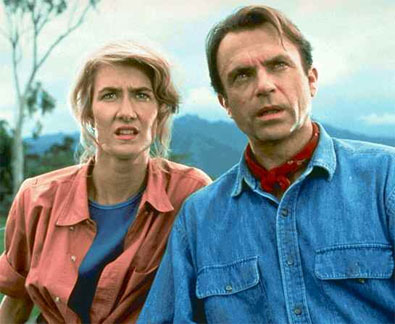
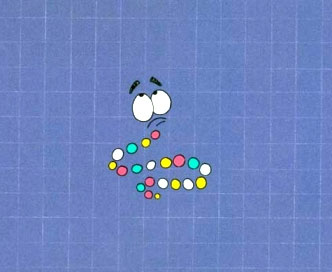
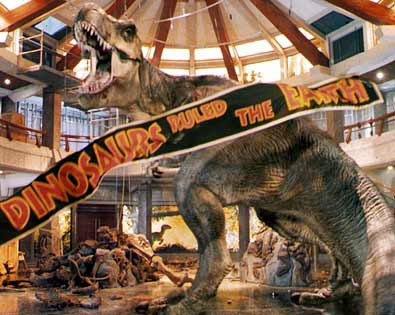
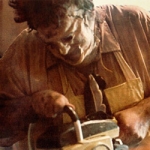
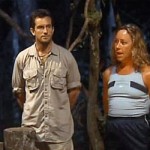
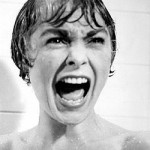
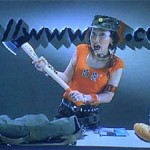

Excellent analysis! My only complaint is that I feel you have only begun to scratch the surface I was hoping for a least a few more paragraphs.
I can’t wait for the next one!
I totally agree with you in that there is TONS more to say regarding Jurassic Park. Unfortuantely I’m a wee bit new at this, and have to get my feet wet with what is wanted and what is too much. I assure you that in due time there will be much more meat to be gnawed on!